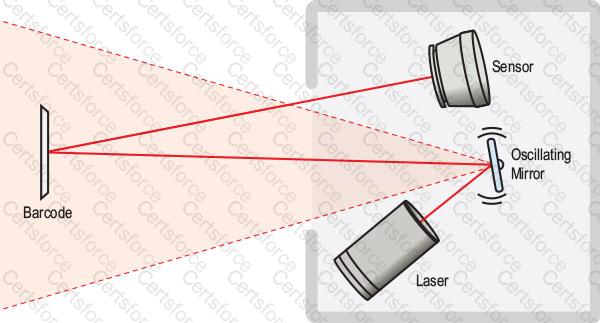Explanation
One-dimensional (or 1D) barcodes systematically represent data by varying the widths and spac-ings of parallel lines. These include some of the most traditional and well-recognized barcode types, such as the UPC and EAN codes. 1D barcodes are also commonly referred to as linear barcodes.
Two-dimensional (2D) barcodes look like squares or rectangles that contain many small, individual dots. QR codes, Data matrix and Aztec codes are examples of 2D barcodes
Numerical code contains all numbers, no letters
There are two different scan engine types (laser scanner versus imager) for interpreting the infor-mation provided in the barcode. Many companies producing the technology capable of reading the barcode data uses the term “scanning” regardless of the type of scan engine used. For the purposes of these FAQs, we are trying to draw a clearer distinction for you.
Linear (1D) codes can be scanned with a traditional laser scanner. A laser scan engine uses a laser and mirror to create the bar that scans the information. 1D barcode scanners will only interpret the linear barcode scanning technology. 1D barcode scanners are typically less expensive since the type of encryptions they can decode is limited.
 Diagram
Description automatically generated
Diagram
Description automatically generated
LO 1, AC 1.2
Submit